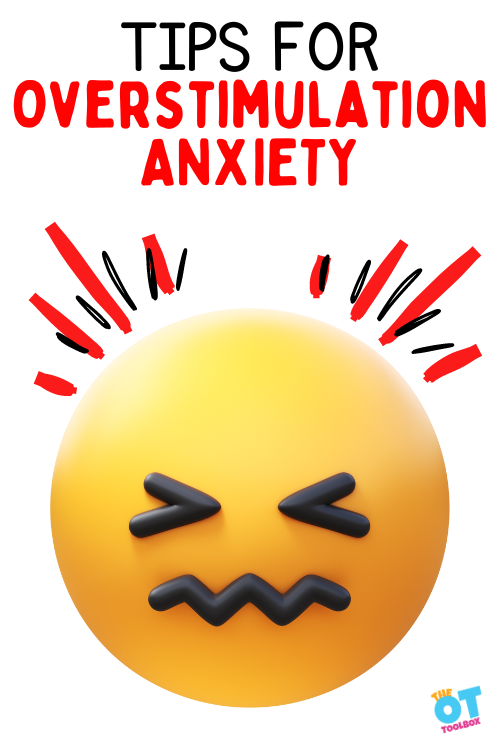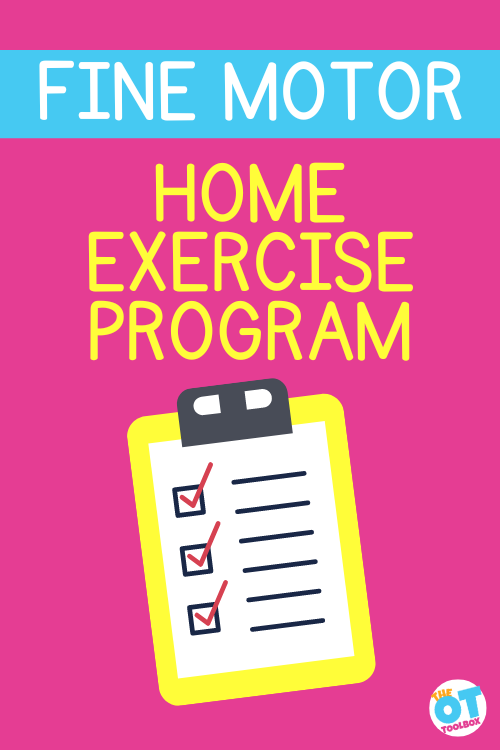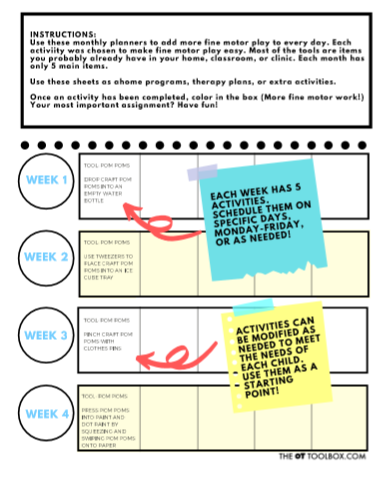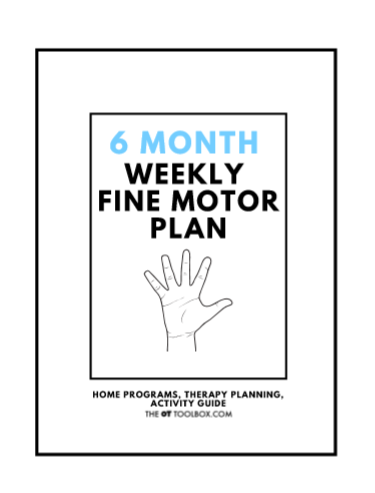School-based OTs are often-times looking for occupational therapy activities for the end of the school year. Here, you’ll find fun occupational therapy interventions for the end of the year! We all need a little boost at the end of the school year to get through to the summer, especially after a year like this one! Whether your kids were in person or online, they deserve a fun and engaging activity that will help them transition into summer break. Before we get into Summer bucket list making, it’s important to get through the end of the school year (and that IEP goes on hold for the summer break)!
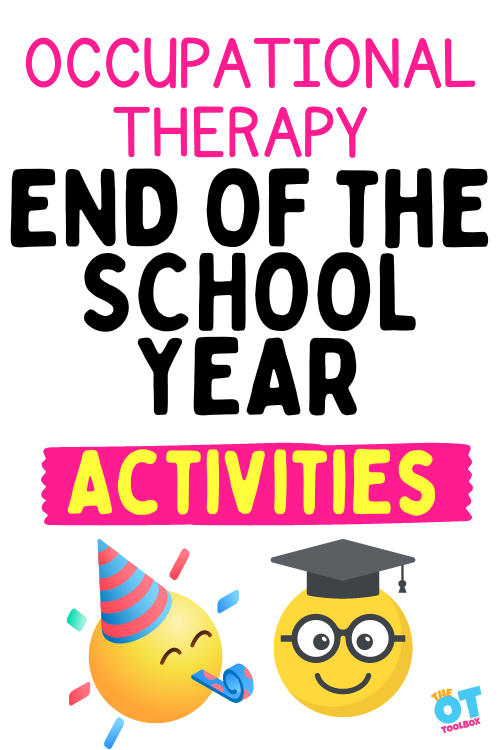
end of school year ot activities
End of the school year is a time to celebrate everything that was accomplished during the school year, and in the therapy room, that can be a huge progression! Simply by comparing beginning of the year OT samples to end of the year OT samples, and you can see the progression that was made over the year. This is a great time to look at the progress a child has made!
We have some great end of the school year OT activities to make this time of year both fun, and skill-building. Sometimes therapy sessions can go right up to the last day of school, and making sessions extra fun is essential!
An end of the school year OT must-do…Wherever you treat your clients, treat them to a super fun last day of therapy with a party! Rip up tissue paper to make confetti, blow up balloons, pick sprinkles out of putty, and make a quick fun-fetti cake in a mug. They can eat their dessert with the perfect grasp on their utensil of choice. Did you notice all the therapeutic benefits in that list? Because they won’t!
Some extra-fun ideas to change up the therapy routine:
- Make a craft- We have many occupational therapy crafts that support a variety of motor skills, sensory needs, fine motor skills, scissor skills, and more.
- Sidewalk chalk- Grab some sidewalk chalk and head outside. Drawing on the sidewalks around the school is a great activity and one where you can target a variety of skills. Draw a sensory path, a hopscotch board, tic tac toe, or just draw for fun. There are so many benefits to sidewalk chalk.
- Make a bead bracelet- Ask the student to select a word that represents their school year. Words like happy, proud, growing, or learning, or many others can be used. Then use letter beads to thread onto a pipe cleaner or string. Here is a list of student strengths to help come up with encouraging words.
- Make a sensory bin- Sensory bins can be used to target a variety of skills and they are fun to play with! Kids love to walk into the therapy room and see a sensory bin ready for them. Materials like dry corn, beans, cotton balls, sand, shaving cream, pool noodles, or any materials! Here is a list of sensory bin bases ideas to get your creativity started.
- Use paint brushes to paint water on a chalkboard on a vertical surface.
- Play dough and cookie cutters- There are many benefits of play dough and you can target so many skills. Pull out a few cookie cutters for an open-ended play activity that builds motor skills. Make the play dough activity extra fun by cooking up an extra large batch of homemade play dough. Then, hide small objects or coins in the dough for a fun surprise.
- Make a Tie-Dye T-Shirt-How long has it been since you’ve tie-dyed? For me, it’s been over a decade, but I still remember the excitement of creating wearable, one-of-a-kind art. Depending on what the child’s needs are in therapy, you can use this tie-dye activity to address their needs.
- The first step for tie-dying is to get your material wet and ring out the access water. My OT brain jumped for joy at the opportunity to have my clients ring out a wet shirt! This action recruits the gross grip strength and bilateral coordination required to move the wrists in opposite directions. Not only that, but they have to hold the position and continue twisting as necessary for the water to be released – what a perfect activity for
action-reaction! - The second step is to form the shirt into a design. Fine motor coordination and finger isolation can be encouraged by using only the index finger and thumb to begin twisting the shirt. Eventually, the twist will become too thick to reach with one hand, and that’s where bilateral coordination comes into play once more. Maybe do this a few times until the twist is just right!
- Now my favorite part – breaking out the rubber bands. Rubber bands are often used in therapy for fine motor strengthening and bilateral coordination. This will be such a fun, new way to use them in your sessions! Use different resistance rubber bands based on their abilities, and use as many as you’d like. This task is also great for developing ADLs
that require strong, coordinated fingers, like donning socks. - Squeezing the bottles of dye can be a great workout for small hands! Use a fine-tipped bottle to increase the challenge and decrease the mess.
- Once the process is complete, they will have followed multiple steps and benefited from sustained attention and practice with proper sequencing.
- The first step for tie-dying is to get your material wet and ring out the access water. My OT brain jumped for joy at the opportunity to have my clients ring out a wet shirt! This action recruits the gross grip strength and bilateral coordination required to move the wrists in opposite directions. Not only that, but they have to hold the position and continue twisting as necessary for the water to be released – what a perfect activity for
- Nail Polish: Could your client benefit from visual motor integration and fine motor coordination? Have them paint your nails! Or, save your fingernails and offer them a small wooden car to paint – either way, it will be a blast.
- Gardening: Working on self regulation, social skills, or sequencing? Planting is a perfect time to have conversations with your client, all while doing a refreshing, seasonally appropriate activity.
- STEM: Have a little scientist on your hands? Use recycled materials to engineer catapults, cars, mazes, and more! Adjust the craft based on their therapeutic needs. You can learn all about recycled STEM ideas here.
- Fresh Air: Is it a beautiful late spring day? Take therapy outside and let everyone soak up the good-feeling of vitamin D. Here are some great outdoor sensory ideas.

Online Therapy Activities for the end of the school year
Working in teletherapy at the end of the school year? Check out these teletherapy activities for occupational therapy for the end of the school year:
- Show and Tell- If you haven’t done this already, a great way to encourage engagement during telehealth is to have the child give you a tour of their home. Most kids love to show off their things, and you can get a better sense of what items and space they have for planning their home programming. This time can be used to work on social interaction skills, descriptive skills, and you can address their deficits by having them interact with specific items they may find.
- Scavenger Hunt– Another way to boost motivation in telehealth is to do a scavenger hunt! Ask them to find something blue, something yellow, something rough, something soft, something long and something short… you get the picture!
- Make Play Dough– Making play dough with students is a great way to work on following a recipe and build skills. Then, each student can get their own set of play dough to send home at the end of the year for summer fine motor activities. These play dough recipes have you covered. Pair the play dough with some of these free play dough mats:
- Easy Cooking- Lots of kids love to make things, but arts and crafts can get boring when it’s all they do in school or therapy. They need new ways to create by the end of the year, and that’s where easy cooking comes in! Check out the many cooking with kids recipes including easy recipes, kid-friendly recipes, and even alerting and calming recipes! When kids cook, they are working on ADLs and IADLs (Instrumental Activities of Daily Living), and building skills like fine motor skills, sequencing, direction-following, executive functioning, and more!
- Microwave Clean Mud for sensory play (not edible)
- Fruit Snack Train (to pair with a book)
- Outer Space Snack Mix (for an easy recipe idea)
- Tiny Sandwiches with peanut butter and jelly, bananas and honey, nutella and strawberries, hummus and cucumber – the possibilities are endless!
Interactive Slide Decks for the end of the school year
Bored with your current selection of Boom Cards? Check out these spring and summer themed slide decks! Staring at the screen just got way more therapeutic.
- Spring Heavy Work Slide Deck
- Flowers Balance Activities Slide Deck
- Butterfly Handwriting Slide Deck
- Flower-Themed Visual Motor Slide Deck
Celebrate at the end of the school year
Happy End-of-the-School-Year!

Sydney Thorson, OTR/L, is a new occupational therapist working in school-based therapy. Her
background is in Human Development and Family Studies, and she is passionate about
providing individualized and meaningful treatment for each child and their family. Sydney is also
a children’s author and illustrator and is always working on new and exciting projects.

